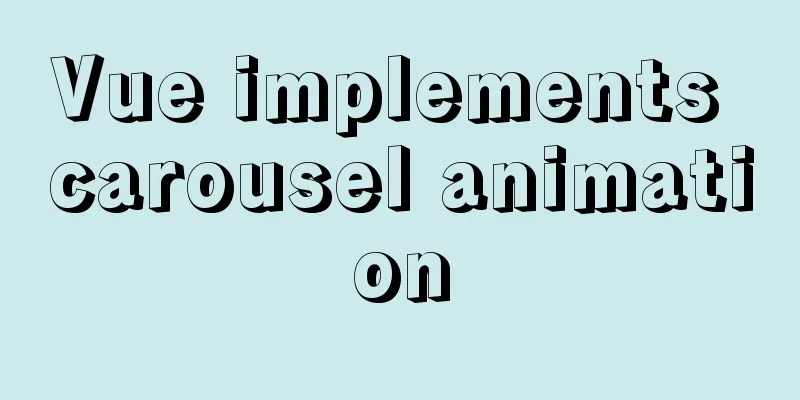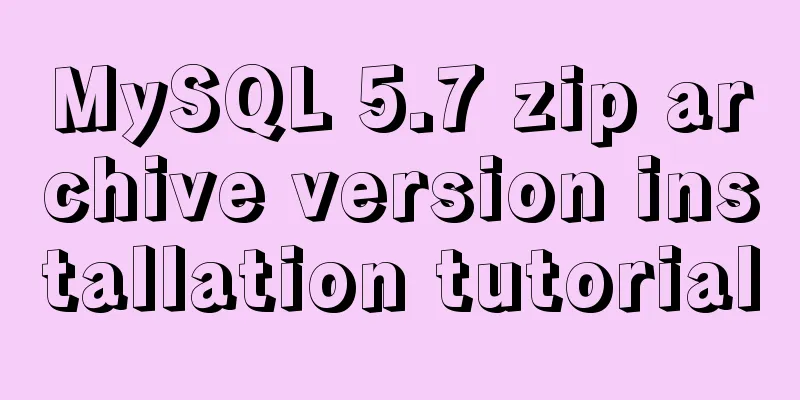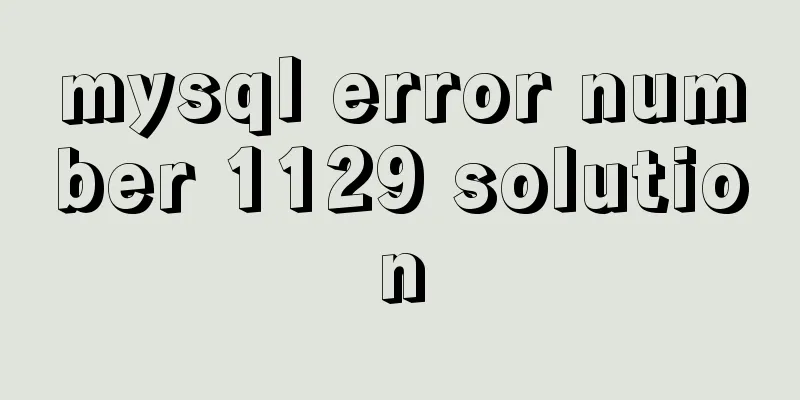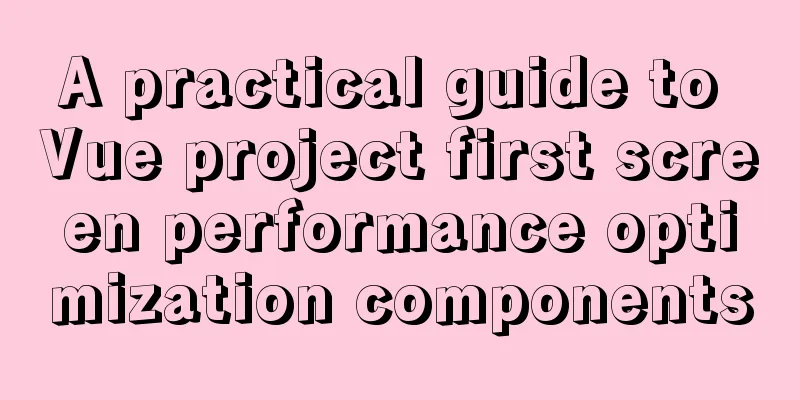Detailed explanation of the solution for HTML layout with fixed left and right widths and adaptive middle
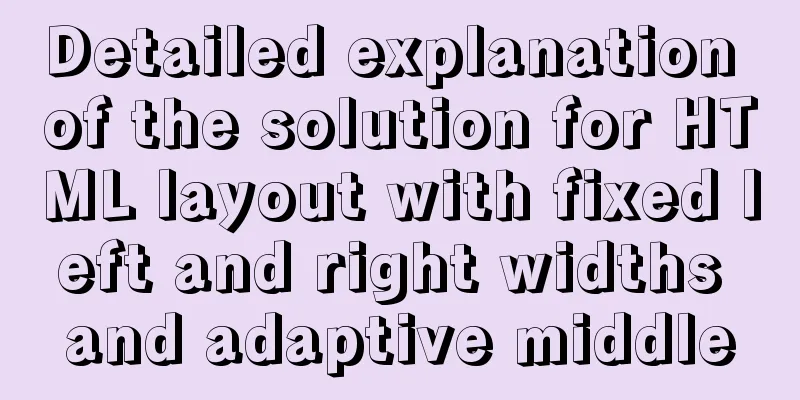
|
This article introduces a detailed explanation of the left and right width fixed middle adaptive HTML layout solution, shared with everyone, as follows: a. Use floating layout The html structure is as follows
<div class="box">
<div class="left">left</div>
<div class="right">right</div>
<div class="center">center</div>
</div>
//Note here that the left and right floating elements should be rendered first, and then the middle element. After the element is floated, the remaining sibling block-level elements will occupy the width of the parent element <style>
.box{
height:200px;
}
.left{
float:left;
width:300px;
}
.right{
float:right;
width:300px;
}
</style>
b. Use fixed positioning The html structure is as follows
<div class="box">
<div class="left">left</div>
<div class="right">right</div>
<div class="center">center</div>
</div>
//Similar to the floating layout, render the left and right elements first, so that they are positioned at the left and right ends of the parent element, and the remaining middle elements occupy the remaining width of the parent element.
<style>
.box{
position: relative;
}
.left{
position: absolute;
width: 100px;
left: 0;
}
.right{
width:100px;
position: absolute;
right: 0;
}
.center{
margin: 0 100px;
background: red;
}
</style>
c. Table layout Setting the parent element to display:table and the child element to display:table-cell will turn it into an inline block. The advantage of this layout is good compatibility.
<div class="box">
<div class="left">
left
</div>
<div class="center">
center
</div>
<div class="right">
right
</div>
</div>
<style>
.box{
display: table;
width: 100%;
}
.left{
display: table-cell;
width: 100px;
left: 0;
}
.right{
width:100px;
display: table-cell;
}
.center{
width: 100%;
background: red;
}
</style>d. Flexible layout The parent element display:flex child elements will all be arranged in a row. The width of flex:n in the child element will be the width of the parent element/n If flex:1, the width is equal to the height of the parent element. The disadvantage of elastic layout is that it is not compatible. Currently, IE browser cannot use elastic layout.
<div class="box">
<div class="left">
left
</div>
<div class="center">
center
</div>
<div class="right">
right
</div>
</div>
<style>
.box{
display: flex;
width: 100%;
}
.left{
width: 100px;
left: 0;
}
.right{
width:100px;
}
.center{
flex:1;
}
</style>
e. Grid layout Parent element display:grid; grid-templatecolumns:100px auto 100px; The first child element is 100px wide, the second is adaptive, and the third is 100px wide; The advantage of grid layout is that it is extremely simple and is directly determined by the parent element style. The disadvantage is that it is not highly compatible.
<div class="box">
<div class="left">
left
</div>
<div class="center">
center
</div>
<div class="right">
right
</div>
</div>
<style>
.box{
display: grid;
grid-template-columns: 100px auto 100px;
width: 100%;
}
</style>The above is the full content of this article. I hope it will be helpful for everyone’s study. I also hope that everyone will support 123WORDPRESS.COM. |
<<: How to view the execution time of SQL statements in MySQL
>>: How to let https website send referrer https and http jump referrer
Recommend
SQL Server database error 5123 solution
Because I have a database tutorial based on SQL S...
Detailed explanation of the solution for migrating antd+react projects to vite
Antd+react+webpack is often the standard combinat...
The magic of tbody tag speeds up the display of table content
You must have saved other people’s web pages and l...
JS implements dragging the progress bar to change the transparency of elements
What I want to share today is to use native JS to...
Summary of MySQL InnoDB locks
Table of contents 1. Shared and Exclusive Locks 2...
About the problem of writing plugins for mounting DOM in vue3
Compared with vue2, vue3 has an additional concep...
Linux jdk installation and environment variable configuration tutorial (jdk-8u144-linux-x64.tar.gz)
It is recommended to use the sudo su command to s...
Detailed analysis of the principles and usage of MySQL views
Preface: In MySQL, views are probably one of the ...
Graphical explanation of the underlying principle of JavaScript scope chain
Table of contents Preface Scope 1. What is scope?...
Mobile browser Viewport parameters (web front-end design)
Mobile browsers place web pages in a virtual "...
Solution to the problem of var in for loop
Preface var is a way to declare variables in ES5....
A Guide to Optimizing High-Performance Websites
Golden Rules of Performance: Only 10% to 20% of e...
Two ways to solve the problem of MySQL master-slave database not being synchronized
Table of contents Two ways to solve the problem o...
Detailed explanation of how to solve the problem of too long content in CSS
When we write CSS, we sometimes forget about the ...
Docker deploys Macvlan to achieve cross-host network communication
Basic concepts: Macvlan working principle: Macvla...
